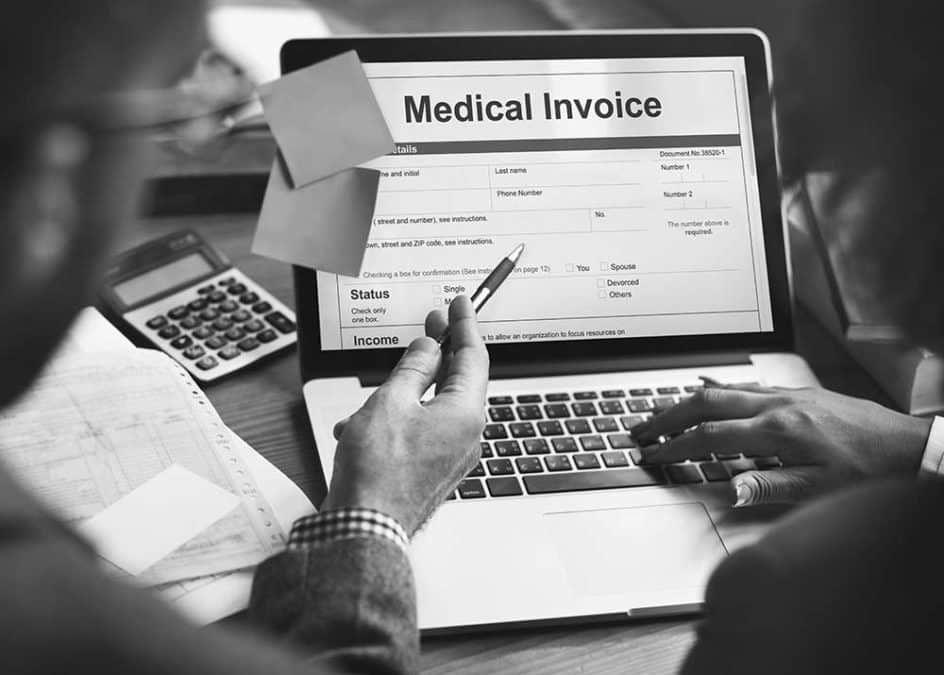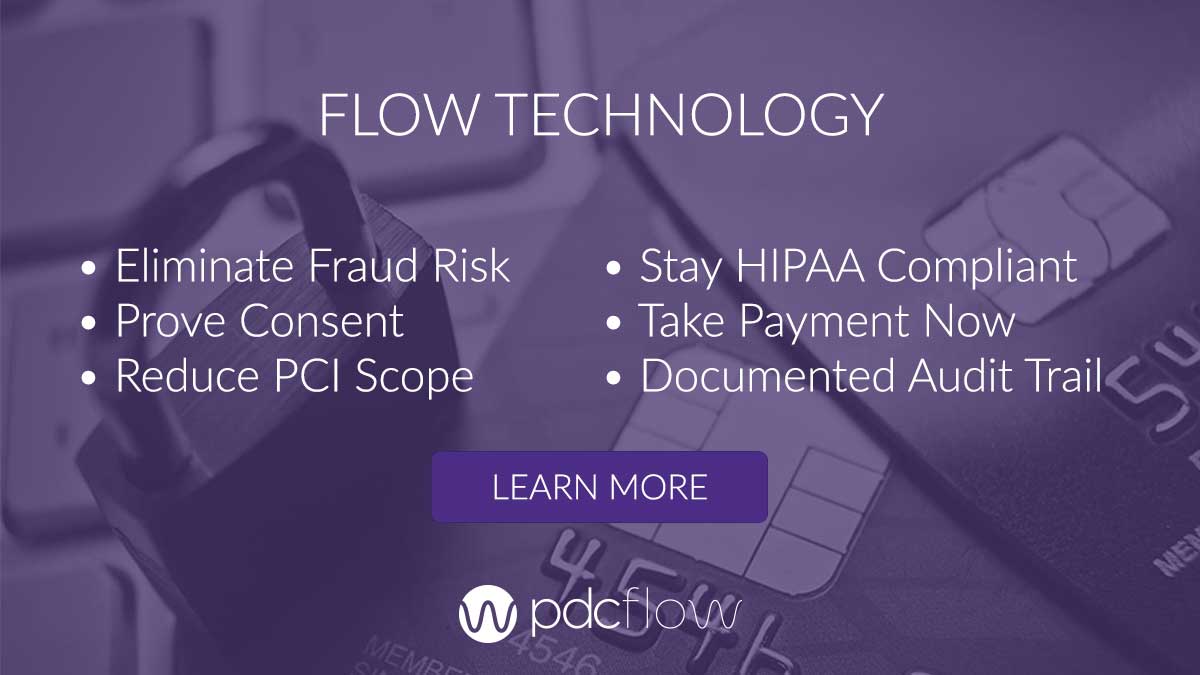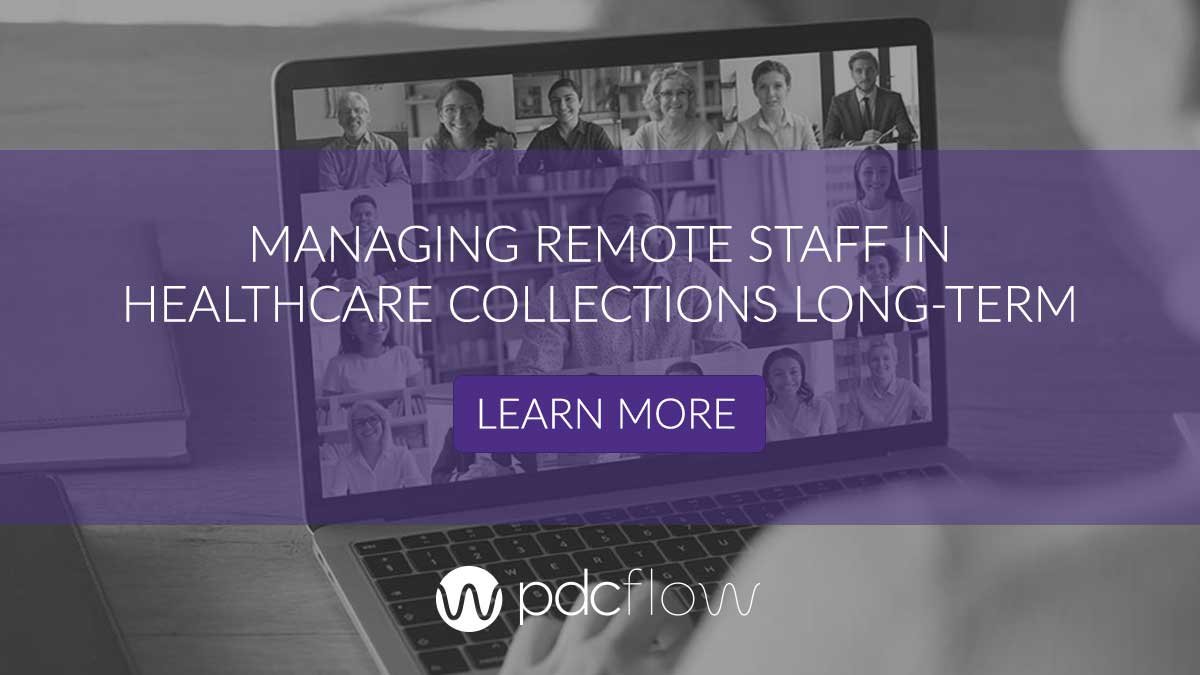In the past few years, high deductible healthcare plans have transformed how patient care is funded. More services are being paid for by patients or through their Health Savings Accounts. This has made patient engagement essential to the billing cycle to ensure medical bills don’t become seriously delinquent.
Greater financial responsibility also means that patients have begun treating their healthcare as any other consumer good or service. Your healthcare facility must change the way you approach each patient’s experience from research and appointment-making, all the way to the moment they pay their bill.
How can you enhance the administrative experiences your consumer has with your medical facility without sacrificing attention to their medical care? Three of the simplest areas that can improve a patient’s experience with your facility are education, better digital communication options, and communication preference accommodation (including accurate preference tracking).
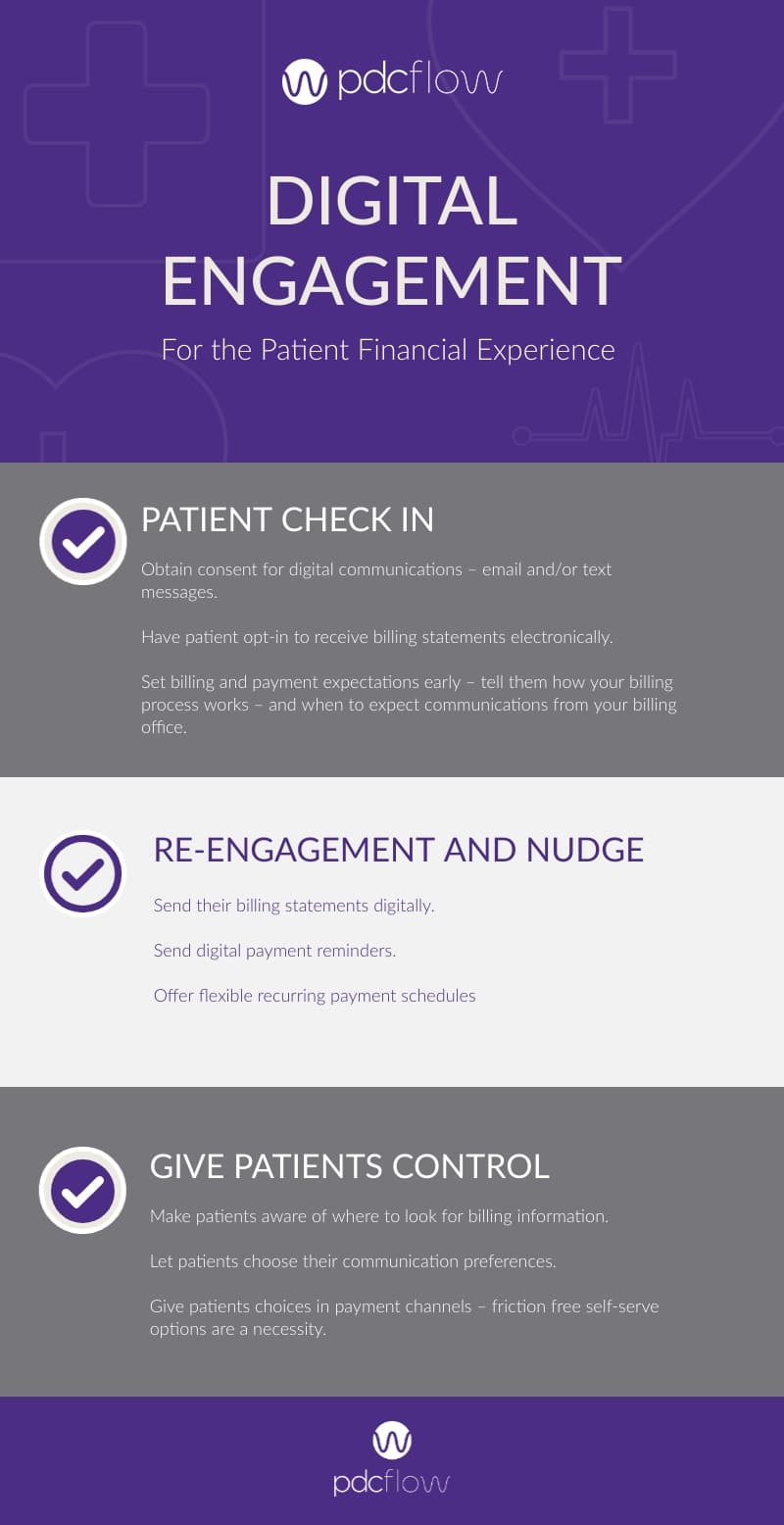
1) Patient Education
A positive patient financial experience goes hand in hand with high levels of patient engagement. Understanding the medical billing process, knowing where and how to pay, and trusting that bills are accurate all contribute to earlier payments. Your office should establish good communication from the first interaction and continue to explain the process all the way through to payment. Patients need to understand:
- Insurance/billing procedures - it’s usually standard procedure to verify what insurance covers at the time of a visit, but sometimes people don’t understand their insurance, or even what many terms mean. Make sure patients know whether they owe a copay, deductibles, and any other billing procedures that impact payment.
- What they owe - this is sometimes a difficult question to answer up front. However, you should train staff to do their best to tell patients what they should expect to pay, so they aren’t surprised at the time their bill arrives.
- How and when to pay - this is essential. Be clear on statements and your website how patients can pay for their services. It’s highly recommended to offer self-pay options like an online payment portal, as well as other tools like email or text payments, that make the process as simple as possible.
- How and when to ask for financial assistance - not everyone will be able to afford to pay bills in full. Make sure your patient education includes resources on financial aid and how to ask for help. Include timelines as well so accounts don’t age more than necessary.
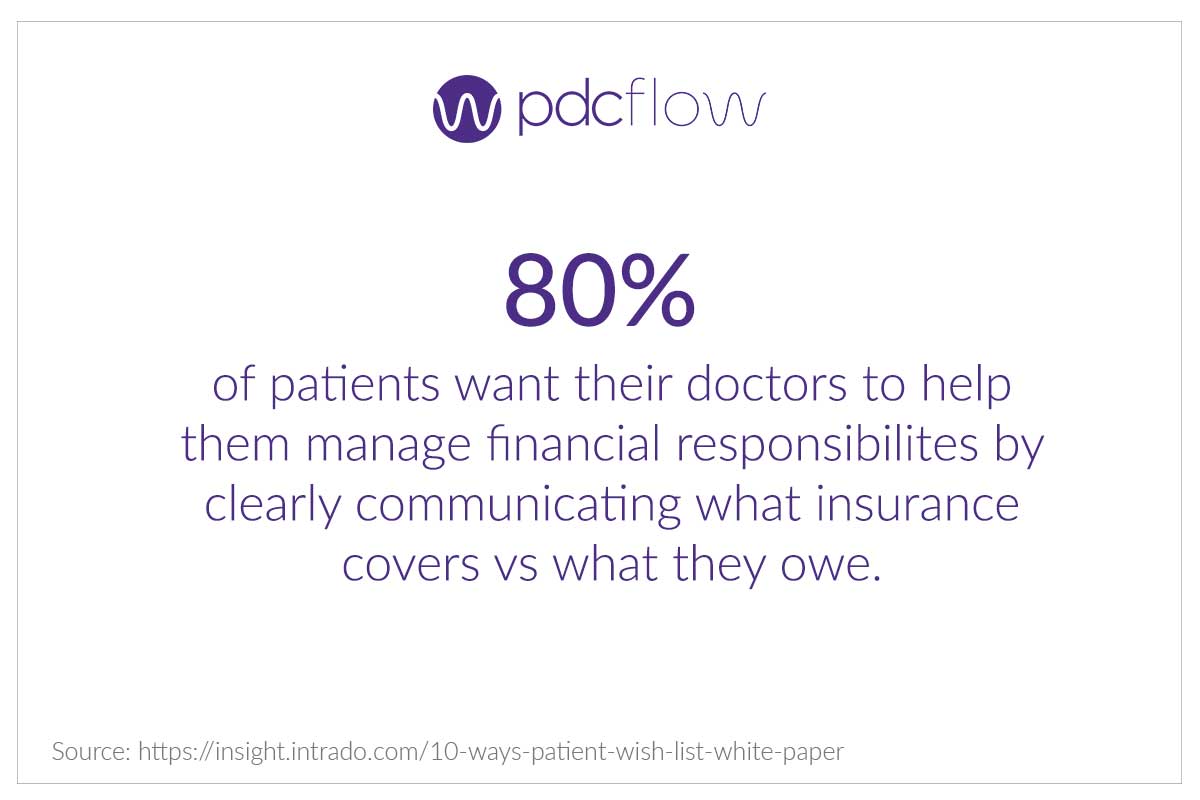
2) Digital Payment Communication
Digital options to serve every patient
Everyone is different. That’s why you need to offer an omnichannel experience to consumers. Providing as many payment and billing options as possible ensures everyone can choose their preferred payment communication option. This increases the amount of payments you’ll receive and speeds up how quickly patients resolve their bills.
In the past, offices may have been hesitant to implement new technologies. It’s hard to find options that integrate to other office software, like your EMR, that are also intuitive for patients and staff. Many offices also worry about low usage numbers or dissatisfaction among older patients.
However, digital billing and payment options are no longer new. Technology adoption has become commonplace even among older generations, as patients begin to appreciate the convenience these options provide. Here are some of the most useful digital payment options for patients:
- Online payment portal - offer a quick pay online payment option that doesn’t require logging into their patient account. Not everyone who is paying a bill wants to view their records at the same time. Offering faster checkout will encourage more payments completed earlier in the revenue cycle.
- Text message and email payments - Many patients simply want their bill sent to them through text or email, where they can access it at any time without remembering a URL. PDCflow’s FLOW Technology allows offices to send payment links that require dual authentication to access, providing convenience as well as security for those paying bills electronically.
- Flexible recurring payment schedules - Medical services can become costly. Not everyone has the money to pay their bill in full, so offering payment schedules is perhaps one of the best ways to cater to your patients. Your payment software should include flexible options for payment amounts, schedule length, and number of payments per month. To protect your revenue, also look for the ability for admins to adjust acceptable minimum payments and schedule lengths, so you’re still recovering the revenue you need to keep your operation running.
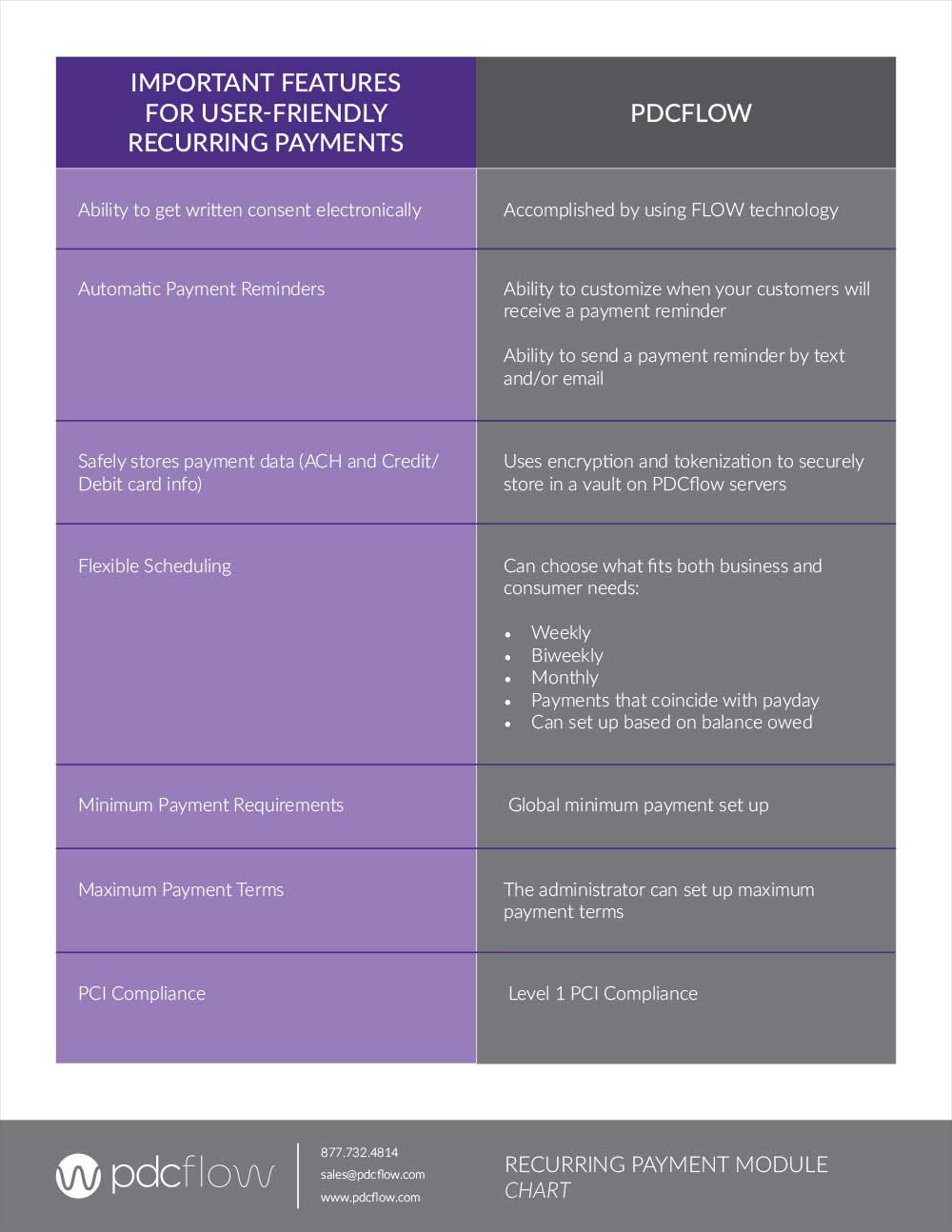
HIPAA Compliant Electronic Information Sharing
Sharing patient information electronically while complying with HIPAA can be tricky. Because of this, some of the most common channels for document sharing are still mailing hardcopies or sending a fax. If a patient is asking for details about a bill they owe, this can be a problem. New digital tools can increase patient engagement and make it easier to resolve accounts.
Personal fax machines are rare, and sending documents by mail slows down the payment process. With a secure way to send documents electronically – like PDCflow’s FLOW Technology – consumers can receive copies of sensitive documents for review while on the phone with a billing specialist.
These tools can also help healthcare systems share records quickly and securely with each other. No worry about downed fax machines, or the wrong party picking up documents off the recipient’s machine.
3) Preference Tracking
The most important thing to remember when providing many patient engagement avenues? Pay attention to preferences. Offering email and text message reminders instead of phone calls and paper notices is a great way to cater to patients – but only if you manage who prefers what.
With the future of patient payments leaning towards customizable payment experiences, it’s important to know (and track) how patients want their information. Sending notifications through a channel they don’t pay attention to will cause payments to slow down or even fail. And if your office doesn’t properly update these preferences, patient satisfaction will be damaged with every notice sent to the wrong channel.
Use opt-out reports and other tools to manage preferences and preference tracking. This will keep your revenue cycle running smoothly and decrease late or delinquent payments.
Of course, there are times when bills become delinquent even when you've optimized your revenue cycle. When this happens, you want your staff prepared and educated in the negotiation tactics that will help them recover more revenue, faster. For tips on payment collection negotiation, download our guide.

